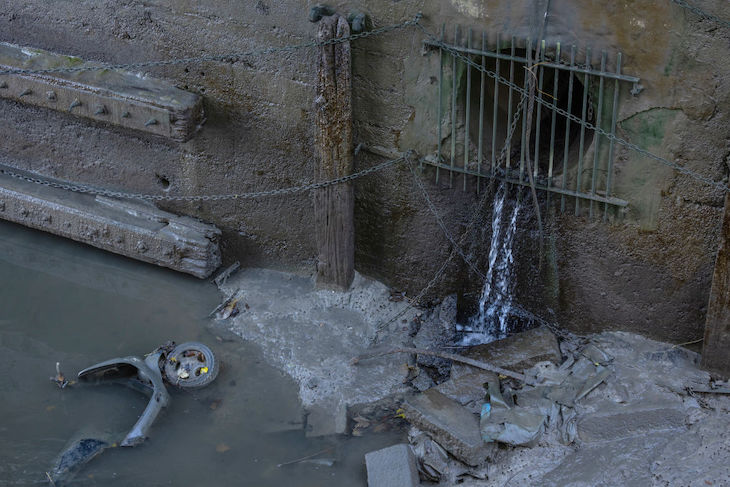The name Chris Whitty will forever be associated in people’s minds with Covid-19. But in a recent cri de coeur he reminded us not only that he continues to exist following the end of his daily appearances on our TV screens, but that there are many other ways in which pathogens are out to get us. In
Already a subscriber? Log in
Subscribe for just $2 a week
Try a month of The Spectator Australia absolutely free and without commitment. Not only that but – if you choose to continue – you’ll pay just $2 a week for your first year.
- Unlimited access to spectator.com.au and app
- The weekly edition on the Spectator Australia app
- Spectator podcasts and newsletters
- Full access to spectator.co.uk
Or





















Comments
Don't miss out
Join the conversation with other Spectator Australia readers. Subscribe to leave a comment.
SUBSCRIBEAlready a subscriber? Log in